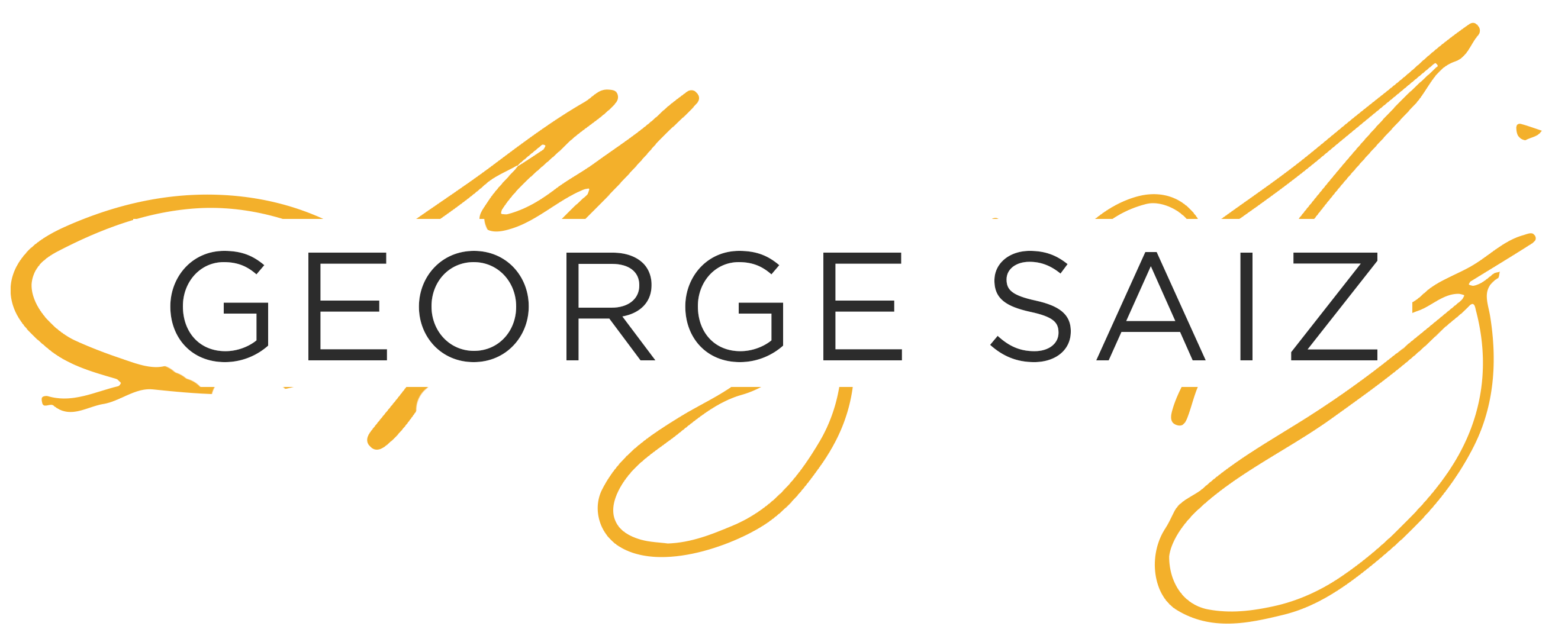What does fulfillment look like in the workplace? It looks like engagement, but from the employee perspective.
As we focus on respect for people within enterprise excellence, a topic that continues to come up is employee engagement. At our annual conference in Dallas last October, we saw information from Gallup that suggests that we have a crisis of employee engagement. According to its data, 87 percent of global employees and 78 percent of U.S. manufacturing employees are not engaged. Arguably, we have both a crisis and an opportunity within the topic of employee engagement.
Global competitiveness is a concern for most of us, and if we are able to improve employee engagement within our enterprises, we have the opportunity to improve our positions globally. As each of you dig deeper into this, I would challenge you to consider the equation that is in play here. On one side of the equation is the company. The company’s interest is engagement. When our employees are engaged, they contribute at a much higher level. As an employer, the more engaged employees that we develop, the more likely we are to achieve higher productivity levels. Engaged employees are involved in continuous improvement activities and help the company to get better faster. That is the company takeaway from the equation.
On the other side of the equation is the employee. We have the opportunity to close the loop by considering what our employees could receive from the engagement equation, and that is fulfillment. As we develop intentional plans to increase employee engagement, our challenge is to build employee fulfillment into our plans in the same intentional way. How might fulfillment benefit our employees? A fulfilled employee is likely to be a better person when they go home. They are likely to be a better husband or wife, a better neighbor and more. At work, fulfilled employees are going to be there when their work team really needs them.
What does fulfillment look like in the workplace? It looks like engagement, but from the employee perspective. Areas you may consider include making sure that every day, every employee can see how what they do is connected to the company goals and to the company mission. In a lean supply chain, we have the concept of a plan for every part (PFEP). Do we have a plan for every employee (PFEE), so that they can see how their work contributes to the success of the company? Engaged employees want to know the score every day, and they want to see and understand the linkage of their work success to the company success. Another area of fulfillment is personal development, ensuring that each employee has the opportunity to grow and learn in the areas in which he or she is most interested.
As you develop your activities to engage employees, consider how you can incorporate employee fulfillment into your plans. I think you will find that your engagement activities will have a much higher rate of effectiveness and sustainment.
George Saiz is the former (retired) President and CEO of Association for Manufacturing Excellence.

